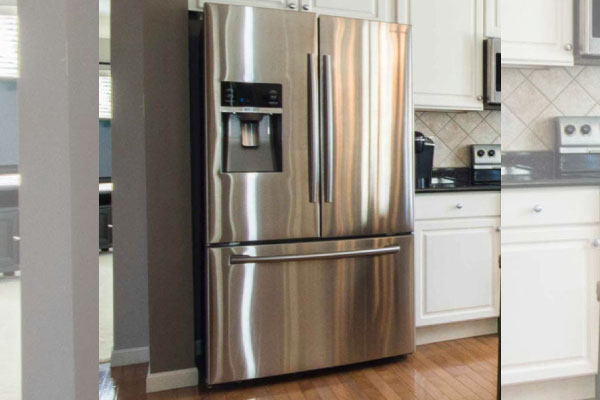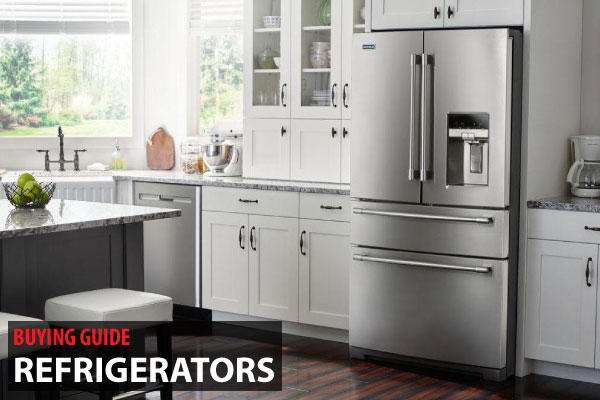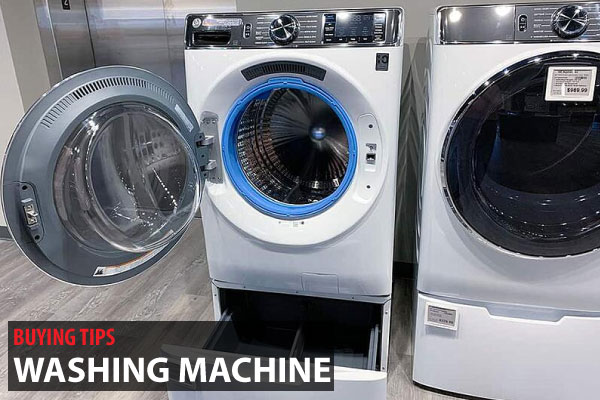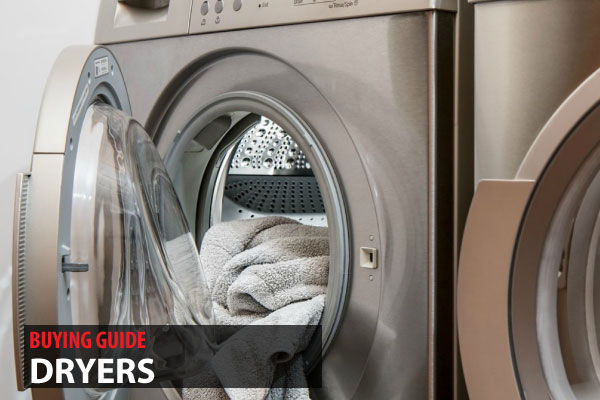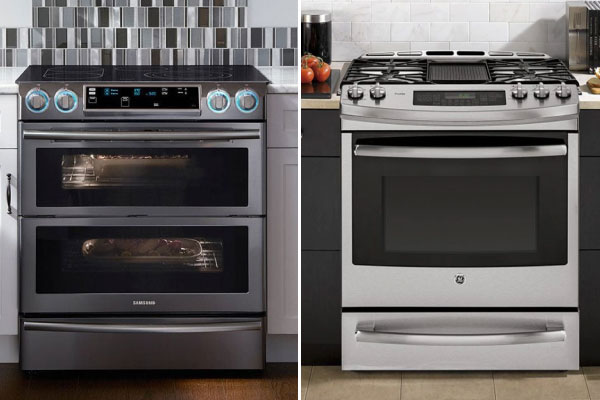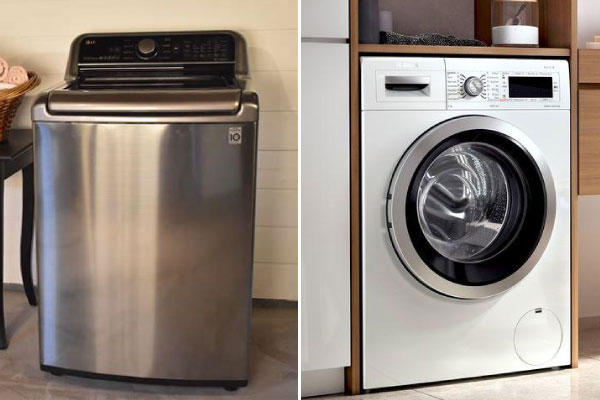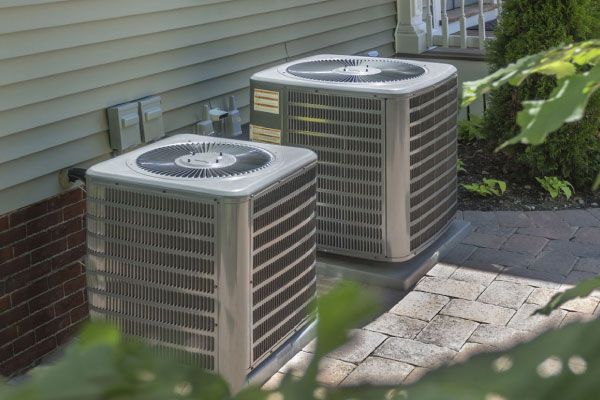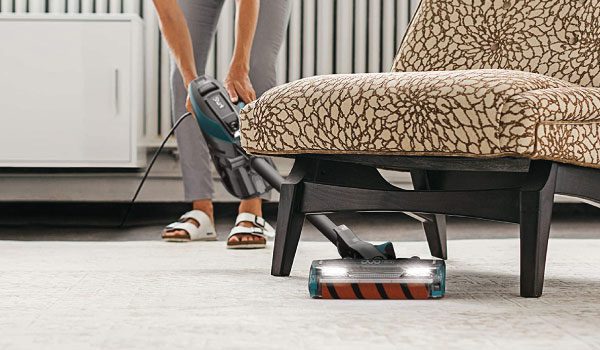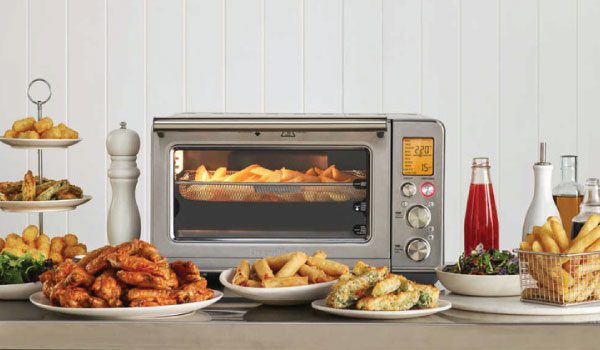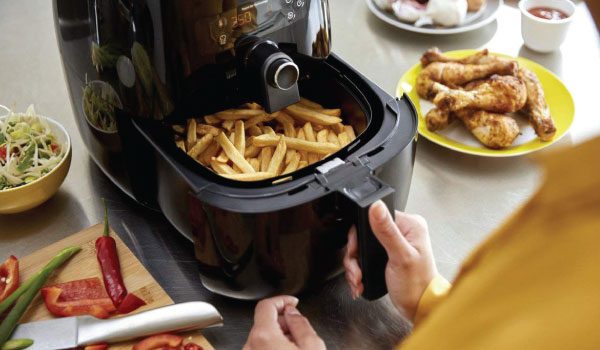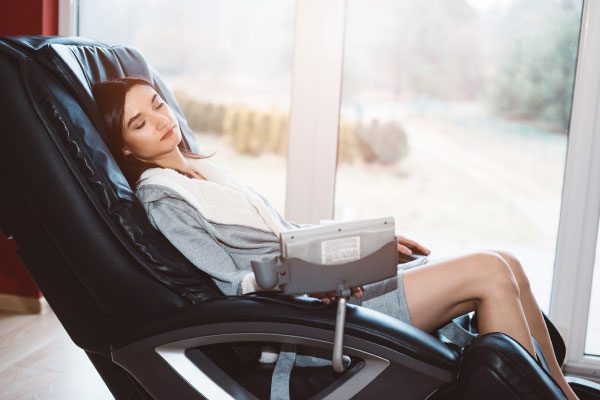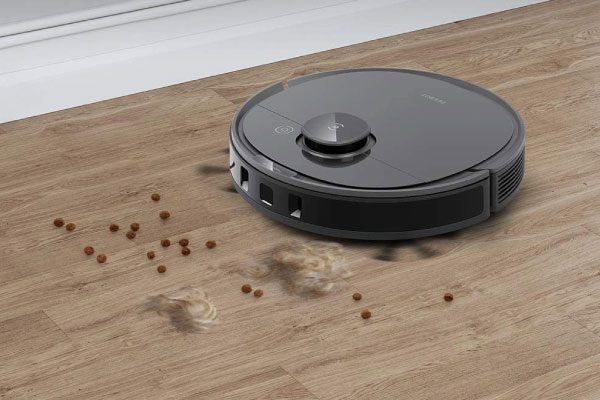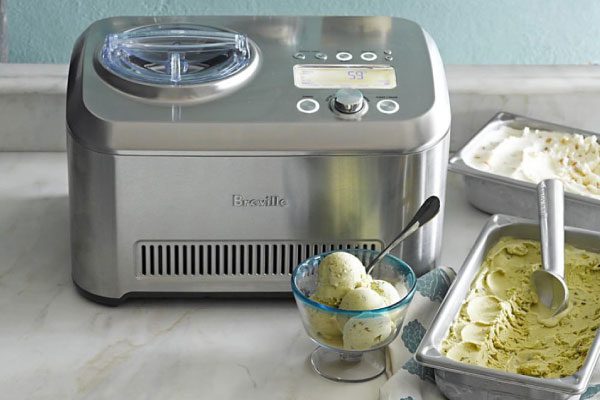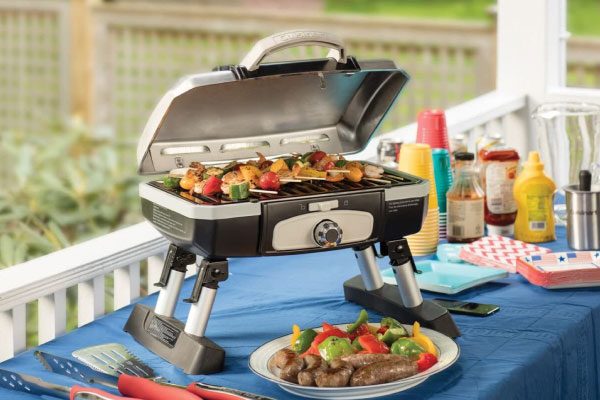Which Is Better: A Convection Oven or a Conventional Oven?

Despite the fact that convection and conventional ovens appear to be the same, they are not. There are numerous variances in heat distribution, capacity, and efficiency. We’ll go through the differentiating variables as well as the benefits and drawbacks in this write-up. This comprehensive information will assist you in deciding which oven to purchase.
What Is a Convection Oven And How Does It Work?
A convection oven is a cooking gadget that uses either gas or electricity to cook. Convection oven comes in both full-size units that comes as part of a stove range, a stand-alone convection-conventional wall unit or a counter-top convection oven. Take for example the countertop electric toaster oven from Wolf Gourmet. This is the top-of-the-line countertop convection oven that has all the features as the full-size gas Wolf ovens. It has precise temperature control heating, interior lights, seven cooking modes and a five-year limited warranty. This is definitely a “splurge” in countertop convection oven.
Design
A fan and an exhaust system are used in a conventional oven to circulate hot air throughout the oven. Some varieties even have a third heating source that speeds up the cooking process…. features that are do not exist in convection ovens.
Distinctive Features
The fact that a convection oven has a convection setting is a key feature. This option aids in the activation of the fan as well as the exhaust fan. You can use the oven as a conventional oven by turning off the convection mode. In a single oven, you may have the perfect mix of both. Convection ovens aid in the preservation of moisture within the food. As a result, your foods will stay juicy within while crisping and browning on the surface.
Cost
A convection oven is far more expensive than a regular oven in terms of cubic square inches.
Advantages
Convection ovens enable foods to be cooked more evenly and quickly on any rack. Convection ovens are perfect for recipes that have a crispy surface but are juicy and tender on the inside. In these ovens, you may roast potatoes and other vegetables. They’re a superior choice for browning meat to achieve that dry, crispy feel on the outside.
These ovens are extremely energy-efficient. They aid in the cooking of food at lower temperatures and at a faster rate.
Disadvantages
These do not produce good baking results. Although the outside of the cake will bake extremely rapidly, the inside of the cake may stay half-baked. You must keep an eye on the time and temperature when cooking with convection ovens. The majority of the recipes do not include the time required for convection ovens. In this instance, you’ll need to lower the temperature and reduce the duration by at least 25 degrees and 10 minutes, respectively. You’ll have to keep an eye on the meal to make sure it doesn’t overcook. Convection ovens are more expensive than regular ovens. They’re also expensive to replace.
What Is Conventional Oven All About?

A typical or classic oven is referred to as a conventional oven.
Design
The conventional oven, unlike a convection oven, lacks a fan and exhaust system.
Instead, two heating elements are used to warm the air inside the unit.
Important Characteristics
When it comes to cooking, conventional ovens provide a lot of convenience. The majority of the recipes include time and temperature recommendations based on conventional appliances. For cooking, you’ll need to modify both temperature and time.
Cost
In comparison to convection ovens, conventional ovens are less expensive.
Advantages
The majority of the recipes include time and temperature recommendations based on conventional ovens.Because of the usual cooking procedure, conventional ovens make cooking simple.Baking dishes like cakes and bread in a regular oven is a great alternative.
Disadvantages
Conventional ovens do not expedite the same level of even cooking as convection ovens. As a result, one side of the dish may be properly cooked while the other remains undercooked with cooler air pockets. To ensure that the sheet pan or baking tray cooks evenly, you may need to flip it halfway through cooking. When compared to a convection oven, a conventional oven takes longer to cook. Conventional ovens are far less energy efficient since they require longer to heat up. As a result, they will use more electricity.
What’s the Distinction Between a Conventional and a Convection Oven?

A comparison of conventional and convection ovens is provided below.
1. Heat Distribution
Because a convection oven contains a fan, the hot air is distributed evenly throughout the oven. A conventional oven, on the other hand, uses static heating elements to produce heat that moves from the device’s bottom.
2. Cooking
The fan of a convection oven helps to distribute heated air evenly throughout the device. Consequently, the food is cooked evenly and consistently. Furthermore, there will be no need to rotate the sheet pan or baking tray midway through cooking to maintain even cooking.
3. Cooking Time Required
Cooking, baking, and roasting with a convection oven takes less time. They cook approximately 25% faster than their traditional equivalents. However, it is recommended that you examine the food 10 minutes before the process is finished. In contrast to the foregoing, conventional ovens take longer to cook and preheat.
4. Capacity of Cooking
The cooking capacity of a convection oven is greater. It has many racks for cooking big amounts of food at once. The cooking capacity of a conventional oven is lower than that of a convection oven. However, you may use these machines to prepare a variety of cuisines.
5. Baking
A conventional oven is far superior to a convection oven with regards to baking. When it comes to baking cakes, bread, pastries, pies, and cookies, conventional ovens performs admirably.
6. Efficiency
When it comes to efficiency, convection ovens are unrivaled. Cooking and preheating with them takes less time. Conversely, conventional ovens take longer to cook and preheat. As a result, they consume more electricity, resulting in an increase in energy consumption.
What are the Dos and Don’ts of Convection Oven?
Do’s of Convection Cooking:
• To get the best results, always adjust the cooking time and temperature according to the recipe.
• Cooking and baking dishes with low sides should always be used. Improved air distribution will be possible as a result of this.
• For cooking techniques such as roasting, browning, and so on, always use the convection roast option on your device.
Convection Cooking Don’ts:
• Avoid using high cookware in the oven because it will block the fan. This will prevent adequate air circulation.
• Don’t stuff your oven with too many dishes at once. The appliance’s efficiency can be harmed by overcrowding.
• If you’re making delicate sweets, baking cakes, or bread, don’t use the convection setting.
On standard ovens, can you find both convection and conventional oven settings?
Depending on your cooking needs, you can turn on or off the convection setting. When the setting is turned off, the oven can be used as a regular oven. It’s like getting two birds for the price of one. In a singular oven, you may have the perfect mix.
Only a few kinds of conventional ovens have a convection option. You may utilize the appliance as a convection oven with just one button click. By deactivating the option, you can return to baking mode. Sadly, this option is not available in all conventional devices.


